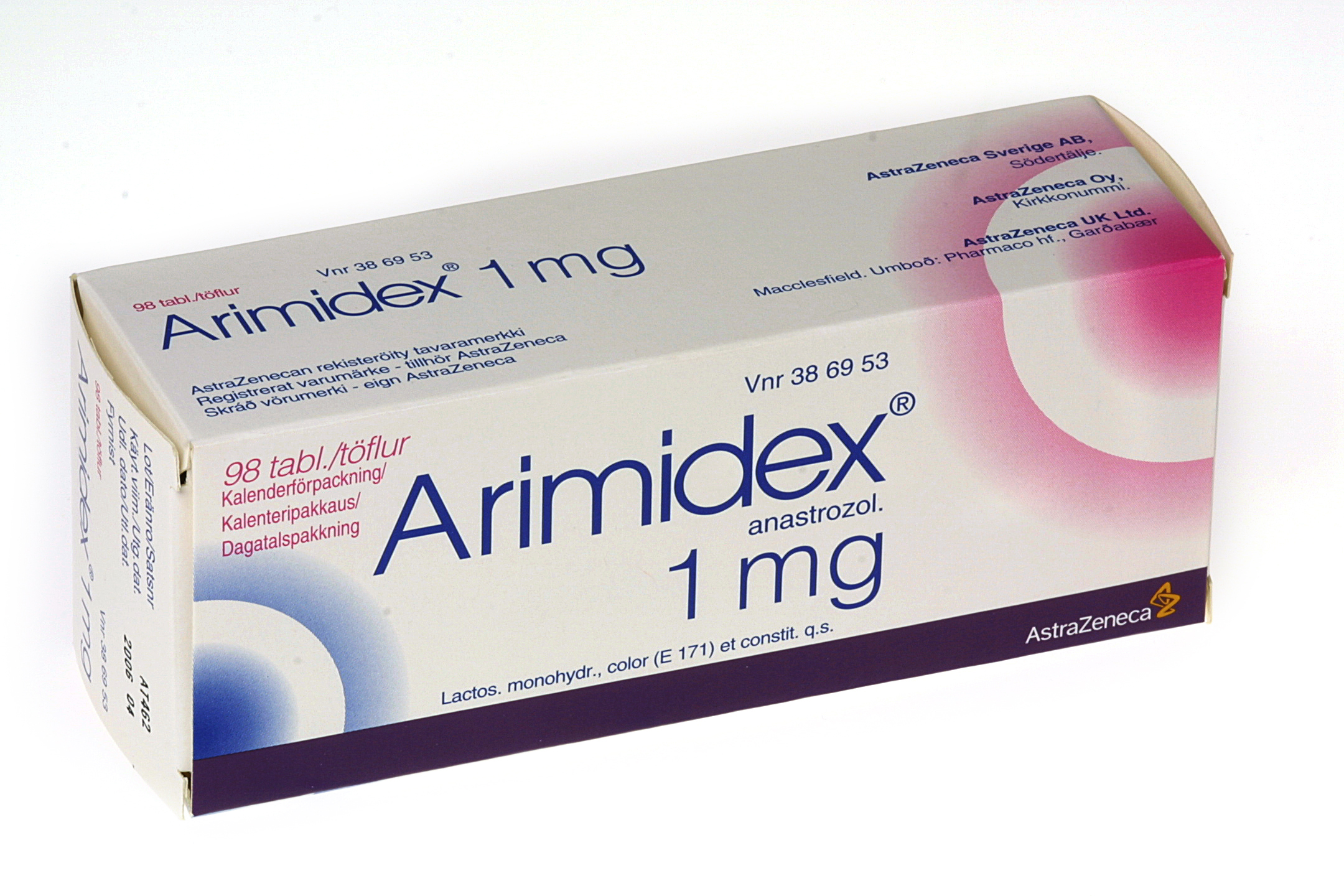
Q: I would like information about using Arimidex for moderate gynecomastia secondary to lipodistrophy. Dosage 2mg?
A: This excerpt was taken from my new book Tetosterone: A Man’s Guide
Avoiding Enlarged Breast (Gynecomastia)
Gynecomastia is a benign enlargement of the male breast resulting from a growth of the glandular tissue of the breast. Gynecomastia is defined clinically by the presence of a rubbery or firm mass extending concentrically from the nipples. Men who start experiencing this problem complain of pain and tenderness around the nipple area. It is caused by higher than normal blood levels of estradiol, a metabolite of estrogen. Testosterone can convert into estradiol, DHT, and other metabolites. Men with higher amounts of the enzyme aromatase usually have this problem even at lower doses of testosterone. Men who have higher fat percentage, older age, drink too much alcohol, take some medications that facilitate conversion of testosterone into estrogen (more on this later) usually have this problem. In several studies on testosterone replacement, a very small percentage of patients receiving testosterone at the doses we use will experience breast tenderness which can lead to growth of breast tissue.
In one HIV-specific study conducted by Dr. Rabkin in New York, she reported that out of 150 men enrolled in the study, 2 had this adverse reaction. This problem is reported much more commonly in bodybuilders using much higher testosterone levels. Lowering the testosterone level has not proven helpful for these two patients, but antiestrogens (e.g., tamoxifen [Nolvadex] 10 mg twice a day) with lower doses of testosterone (150 mg/week i.m.) have been effective. If the gyneco-mastia is of long duration, it is permanent, though it may reduce in size when the androgen use is discontinued. In the absence of resolution, surgical correction may be necessary in severe cases. For men who experience enlarged breast size, doctors usually check estrogen and estradiol levels to determine whether too much testosterone is being converted into estrogen. I do not believe that routine measurement of estrogen is needed for those with no symptoms of high estrogen (mainly breast tissue enlargement and water retention). For those who have higher than normal estrogen, doctors usually prescribe estrogen receptor blockers like Arimidex (anastrozole) at 1 mg/day during the first week until nipple soreness and breast enlargement disappear, then the dose is lowered to 0.25 mg a day, or 1 mg twice a week. If you wait too long after symptoms appear, Arimidex may not work and surgery may be needed to remove excess breast tissue. It is important to note that increased body fat, some medications, foods, and alcohol can increase testosterone conversion into estrogen in men (more on this subject later). A warning: bringing estrogen down to very low levels could decrease bone density in men in the long run. Estrogen is an important hormone for men even though most think it is only a hormone that women need. Hair/skin quality and health, bone density, and other important factors may be greatly influenced by estrogen. However, a 12-week study in men using Arimidex at 1 mg a day and 1 mg twice a week found no changes in bone metabolism markers.
The normal production ratio of testosterone to estrogen is approximately 100:1. The normal ratio of testosterone to estrogen in the circulation is approximately 300:1. Estrogen (measured as estradiol) should be kept at 30 picograms per milliliter (pg/mL) or lower.
Medications and Products that Can Cause Gynecomastia
A number of medications have been reported in the literature to cause gynecomastia. These include the following:
- Antiandrogens used to treat prostate cancer and some other conditions. Examples include cyproterone, flutamide, and finasteride.
- HIV medications. Gynecomastia can develop in HIV-positive men on a treatment regimen called highly active antiretroviral therapy (HAART). It is especially common in men who are taking efavirenz or didanosine.
- Anti-anxiety medications such as diazepam (Valium).
- Tricyclic antidepressants.
- Glucocorticoid steroids.
- Antibiotics.
- Ulcer medication such as cimetidine (Tagamet).
- Cancer treatment (chemotherapy).
- Heart medications such as digitalis and calcium channel blockers.
Substances that have been reported to cause gynecomastia include the following:
- Anabolic steroids and androgens: Gynecomastia occurs in as many as half of athletes who use these substances.
- Alcohol
- Amphetamines
- Marijuana
- Heroin
- Soy: There are reports that soy-based foods may increase estrogen in men. There are conflicting studies on this issue, but it is something to keep in mind.
- Exposure to pesticides and byproducts of plastic processing has also been linked to increased estrogen and decreased sperm count in men.
For studies that have looked at this problem in HIV, read these abstracts: Gynecomastia in HIV+ Men
I hope this long answer helps to clarify things!
Nelson

About the author
Nelson Vergel is the author of "Testosterone: A Man's Guide- Second Edition" and co-author of the book "Built to Survive: A Comprehensive Guide to the Medical Use of Anabolic Therapies, Nutrition and Exercise for HIV (+) men and women", the founder of the Body Positive Wellness Clinic in Houston, and an expert speaker on exercise, nutrition, testosterone replacement, metabolism , sexual function and therapies to increase lean body mass and decrease fat.
Leave a Reply
You must be logged in to post a comment.